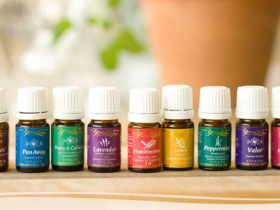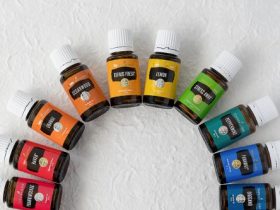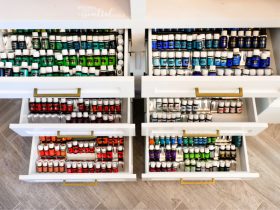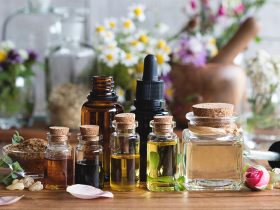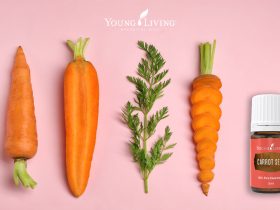History of Essential Oils
Essential oils are aromatic, volatile liquids prepared by steam distillation from the plant material and called after the plant from which they are extracted. Essential oils can be characterized as fragrant substance products or mixtures or as fragrant and odorless substance mixtures. Under normal settings, these aromatic chemicals are chemically pure molecules that are volatile. Essential oils differ significantly, sometimes due to hereditary factors but also as a result of climate, rainfall, and geographic origin. Lipophilic and highly volatile secondary plant metabolites, primarily mono- and sesquiterpenes, make up the majority of them, but other chemicals such as allyl and isoallyl phenols may also be present.
Coumarins, anthraquinones, and alkaloids have also been detected in volatile oils and are often distillable, while certain diterpenes, fat, and other nonvolatile chemicals can be extracted from essential oils using methods other than distillation.
Essential oils have a wide range of uses. They are widely used in cosmetics and perfumes, but they also have medicinal and agro-alimentary applications due to their antibacterial and antioxidant qualities.
Essential oils were probably initially used by the Egyptians, who used them for a variety of uses, including medical, cosmetic, religious ceremonies, and embalming the dead. Around the same time, the Chinese began employing herbs and fragrant plant extracts for therapeutic purposes, and these methods were eventually assimilated into Ayurvedic medicine in India. Following the fall of the Egyptian kingdom, the ancient Greeks inherited much of Egyptian expertise, and Hippocrates used essential oils in aromatherapy. The Romans, who were intrigued by the power of smells and used them avidly in aromatherapy, eventually adopted Greek medicine.
The usage of essential oils was continued in the way of the Romans during the dissolution of the Roman Empire and the rebirth of the Arabian empire, and during this time an effective distillation procedure for their extraction was created.
During the Dark Ages, monks in their monasteries continued to employ plants for therapeutic purposes, and while without realizing it, they exploited the antibacterial and antipesticide characteristics of several essential oils to cleanse wounds and control pests.
The holistic approach to medicine pioneered by Hippocrates came back into prominence during the Renaissance, when Paracelsus utilized herbs (most of which he learned from folk cures) to heal leprosy. Gattefosse, a French perfumer, coined the phrase aromatherapy, which he said arose from his own personal experience of burning his hand in the laboratory. He used pure lavender oil to his palm, which appeared to relieve the agony almost immediately, and the burn healed without infection or scarring. Following that, this procedure was employed to treat soldiers injured in the First World War with tremendous effectiveness.
Essential oils are still widely used as perfumes, food flavors, and medicine, although antibiotics and synthetic antipesticides and antifungal drugs have taken over many of its bactericidal and antipesticide functions.
Sign up link: www.youngliving.com/us/en/referral/31421803
My Young Living Website (info about essential oils): https://stephaniechan.lifestepseo.com


